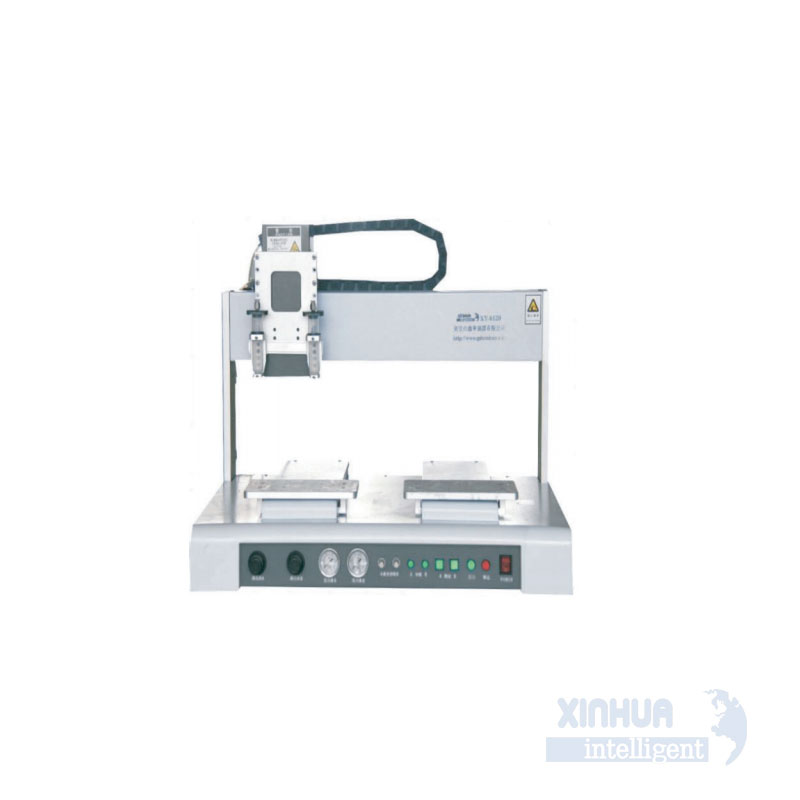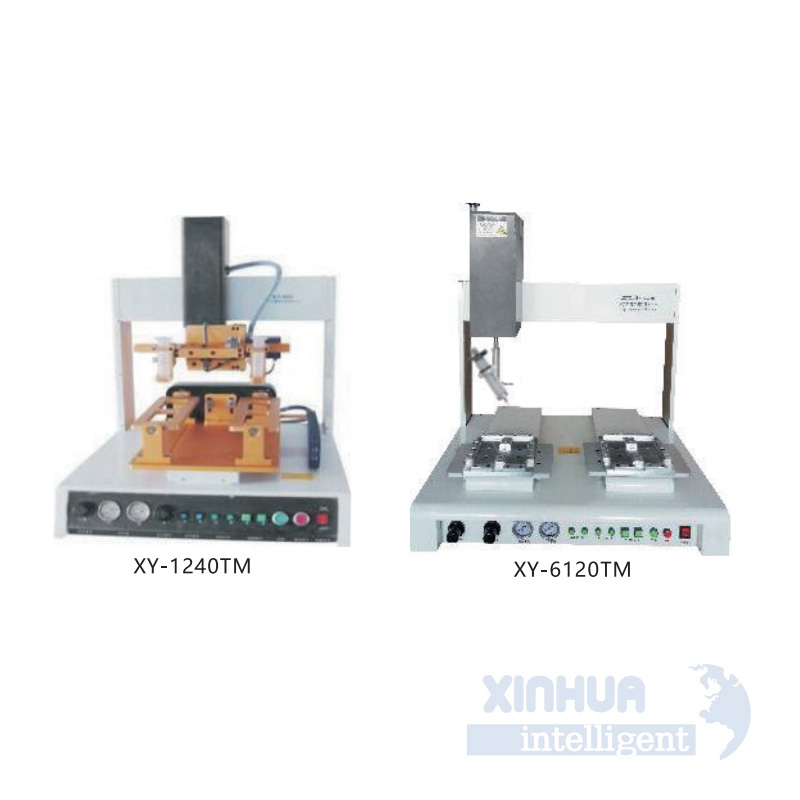
Smart Shelves with Touch Screens: Transforming Retail and Beyond
In today’s fast-paced, digitally-driven world, businesses are constantly seeking innovative ways to enhance customer experience, streamline operations, and gather actionable insights. One of the most promising advancements in this space is the smart shelf with a touch screen—a technology that combines physical retail with digital interactivity. Designed to revolutionize how consumers interact with products and how retailers manage inventory, smart shelves are quickly becoming a staple in modern stores, warehouses, and even healthcare facilities.
This article explores the common challenges associated with traditional shelving systems, presents practical and technical solutions offered by smart shelves with touch screens, highlights real-world applications across industries, and concludes with a look at how companies like Xinhua Intelligent are leading the charge in this transformative technology.
—

1. Common Pain Points or Challenges
Despite decades of innovation in retail and logistics, many businesses still rely on conventional shelving systems that offer limited functionality beyond storage. These traditional setups come with several pain points:
A. Inefficient Inventory Management
Manual stock checks are time-consuming and prone to errors. Retailers often face issues such as overstocking, understocking, or misplaced items, which can lead to lost sales and poor customer satisfaction.

B. Lack of Real-Time Data
Traditional shelves provide no insight into product movement or consumer behavior. Without access to real-time data, it’s difficult for businesses to make informed decisions regarding restocking, pricing, or promotions.
C. Poor Customer Engagement
Physical stores struggle to compete with the rich interactive experiences offered by e-commerce platforms. Static displays and printed price tags do little to engage tech-savvy shoppers who expect seamless digital interactions.
D. Pricing Errors and Inconsistent Information
Manually updating price tags and promotional materials is not only labor-intensive but also error-prone. Discrepancies between shelf prices and checkout systems can frustrate customers and damage brand trust.
E. Limited Space Utilization
Retailers often underutilize shelf space due to inefficient layout planning or lack of visibility into consumer preferences. This results in missed opportunities to optimize product placement and increase sales.
—
2. Practical and Technical Solutions
Smart shelves equipped with touch screens address these challenges through a combination of hardware, software, and connectivity. Here’s how they offer practical and technical solutions:
A. Integrated Sensors and Weight Detection
Smart shelves use load cells or RFID sensors to monitor product weight and detect when an item has been removed or added. This allows for real-time inventory tracking, eliminating the need for manual audits and reducing stock discrepancies.

B. Touch Screen Interfaces for Customer Interaction
Touch-enabled displays embedded in the shelves allow customers to access detailed product information, watch videos, read reviews, and even place orders directly from the shelf. This creates an immersive shopping experience similar to online retail.
C. Dynamic Pricing and Promotions
With cloud-based integration, smart shelves can automatically update pricing and promotional content in real time. This ensures consistency across channels and enables dynamic pricing strategies based on demand, time of day, or customer behavior.
D. IoT Connectivity and Analytics
Smart shelves connect to centralized systems via the Internet of Things (IoT), enabling data collection and analysis. Retailers gain insights into foot traffic patterns, popular products, dwell times, and more—all of which inform better merchandising and marketing strategies.
E. AI-Powered Personalization
Advanced systems incorporate artificial intelligence to analyze customer behavior and offer personalized recommendations. For example, if a shopper picks up a particular item, the touch screen might suggest complementary products or exclusive deals tailored to their preferences.
F. Energy Efficiency and Scalability
Modern smart shelves are designed with energy-efficient components and modular architectures, making them scalable for large retail chains or adaptable for smaller boutique environments.
—
3. Real-World Applications
The adoption of smart shelves with touch screens spans multiple industries, each leveraging the technology in unique ways:
A. Retail Stores
Supermarkets and department stores are among the earliest adopters. For instance, smart grocery shelves can display nutritional information, allergen warnings, and cooking suggestions. When a customer picks up a product, the system may trigger a discount or recipe idea on the screen.
Example: Walmart has experimented with smart shelves to automate inventory tracking and reduce labor costs. The touch screens help guide customers to products and enable mobile checkout options.
B. Pharmacies and Healthcare Facilities
Pharmacies use smart shelves to manage medication dispensing and track controlled substances. Touch screens can display dosage instructions, drug interactions, and refill reminders, improving both safety and efficiency.
Example: Some hospitals have implemented smart medicine cabinets where nurses can access patient-specific medications via biometric authentication, ensuring accurate and secure distribution.
C. Museums and Exhibitions
Interactive smart shelves are used in museums to provide visitors with multimedia content about displayed artifacts. Users can touch the screen to learn historical context, view 3D reconstructions, or listen to expert commentary.
D. Libraries and Archives
Libraries are integrating smart shelves to improve catalog navigation. Patrons can search for books using the touch interface, see availability, and receive directions to the exact shelf location.
E. Smart Warehouses and Logistics Centers
In industrial settings, smart shelves help optimize picking and packing processes. Workers can scan barcodes or receive voice-guided instructions via the touch screen, increasing accuracy and speed in fulfillment operations.
F. Fashion and Apparel Stores
Clothing retailers are using smart mirrors and interactive shelves to offer virtual try-ons, size recommendations, and style suggestions. Customers can select different colors or styles directly from the shelf interface.
—
4. Conclusion and Call to Action
Smart shelves with touch screens represent a significant leap forward in the evolution of retail, logistics, and customer engagement. By addressing long-standing inefficiencies and introducing new levels of interactivity, these systems empower businesses to operate smarter, sell faster, and serve better.
As the demand for real-time data, automation, and personalized experiences continues to grow, investing in smart shelving technology is no longer just an option—it’s a necessity for staying competitive.
Xinhua Intelligent, a leader in intelligent storage and retail solutions, offers cutting-edge smart shelf systems tailored for a wide range of industries. With advanced touch-screen interfaces, seamless IoT integration, and robust analytics capabilities, Xinhua Intelligent empowers businesses to transform their physical spaces into dynamic, data-driven environments.
Whether you’re managing a retail store, pharmacy, warehouse, or museum, Xinhua Intelligent has the tools and expertise to bring your vision to life. Explore their comprehensive portfolio of smart shelf solutions today and take the first step toward a smarter future.
👉 Visit [www.xinhaintelligent.com](http://www.xinhaintelligent.com) to learn more or schedule a consultation with our team.
—
Transform your shelves. Empower your business. Discover Xinhua Intelligent.
